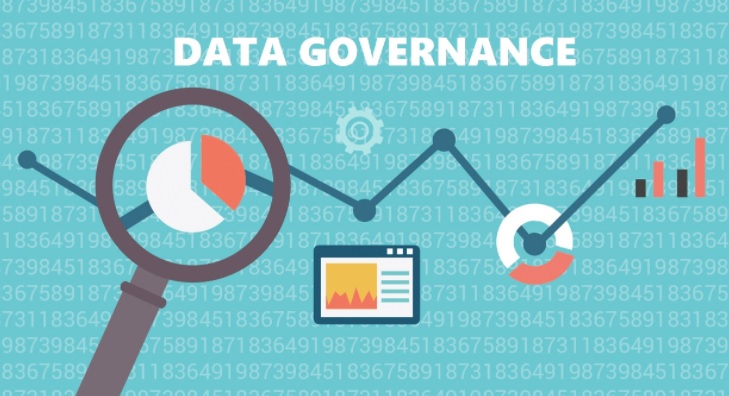Data is the biggest asset of any organization in today’s digital world. Organizations need to establish an effective data governance structure to manage data effectively. Having a data structure that is unified and consistent ensures that data is stored, processed, and used in the most efficient manner possible.
Contents
What Is Data Governance?
Data governance is a set of processes, policies, and technologies used to ensure data security, quality, and availability. It includes setting standards for data collection, storage, and usage. It also involves managing policies for access and sharing, monitoring the use of data across the organization, and enforcing permissions. Ultimately, data governance ensures accuracy in reporting and establishing an audit trail.

Data governance tools like Microsoft Purview help organizations ensure their data’s reliability, availability, and accuracy. It also helps them to make decisions quickly and confidently, as well as mitigate risks associated with data misuse.
Maintain Consistent Control
Unified data governance also has many benefits for organizations. As data becomes increasingly complex, organizations need to ensure that their data is consistently managed and updated across different departments and areas of the business.
Unifying data governance helps organizations maintain consistent control over their data. Organizations can streamline the data flow between departments and branches through a unified system, ensuring that all stakeholders have access to the same information. In addition, unified data governance enables organizations to better manage their data assets by providing an efficient way to track changes, set policies, and identify trends.
Improve Data Security
Unifying data governance also helps organizations improve their security posture by creating a more secure environment for storing, sharing, and using data. A unified data governance system can help protect organizations from potential security risks caused by unauthorized access or misuse of sensitive information.
Unified data governance keeps information safe by establishing access controls, enforcing encryption protocols, and providing auditing capabilities. These features help organizations to protect their data from potential threats and maintain compliance with applicable regulations. By unifying these strategies, organizations can help ensure that their data is secure and compliant.
Increase Efficiency
Unified data governance can also help organizations to increase their efficiency. By creating a single set of standards for how data is handled, organizations can ensure that everyone uses the same methods and processes to manage their data. This consistency helps reduce confusion and errors and minimize overhead costs associated with managing multiple systems of data governance.
Another way unified data governance improves a company’s efficiency is by reducing complexity. Organizations can streamline their processes and operations by eliminating the need to manage multiple disparate data governance systems. This enables them to focus on strategic initiatives that drive growth and innovation.
Ensure Compliance
Unifying data governance also helps organizations to minimize errors in their processes and ensure compliance with relevant regulations. Compliance is becoming increasingly important in today’s digital world, as organizations face increasing pressure to protect their data and ensure the privacy of their customers.
Compliance regulations vary depending on the industry and the type of data being managed, so having a unified data governance system helps organizations remain compliant at all times. A system such as Microsoft Purview can help organizations avoid costly fines and other penalties. Data governance tools can also help organizations automate their compliance processes, reducing time spent on manual tasks and increasing operational efficiency.
Final Thoughts
Unifying data governance is an essential part of ensuring the security and accuracy of organizational data. It helps organizations to stay compliant with relevant regulations, develop better insights from their data, and maintain consistent control over their data assets. By unifying their data governance structure, organizations can unlock new opportunities for growth and remain competitive in today’s digital world.






























